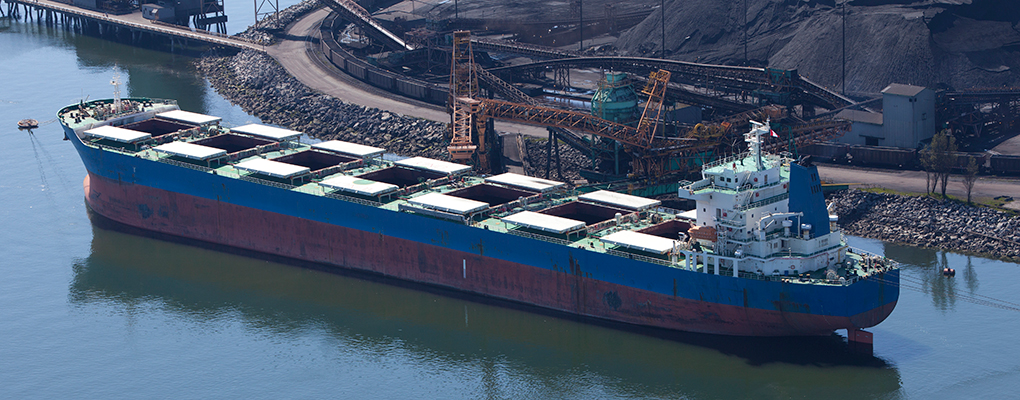
The index, which dropped three percent to 590 points on Monday and fell an additional eight to 569 on Wednesday, is a key indicator of international economic activity. It tracks ships that carry bulk commodities – such as iron ore, thermal coal, steal and copper – which are seen as building blocks for economic growth.
An influx of new ships…is believed to have driven down market rates
According to Katie Dale, at Market Realist, the fall is, in part, due to capsize vessels whose earnings have fallen to $6,707 a day – which is not enough to cover operating expenses of $6000 to $10,000 a day.
An influx of new ships has hit the waves since the financial crisis and this is believed to have driven down market rates, despite the traded volume of commodities reaching record levels. According to George Lazaridis, Head of Market Research and Asset Valuations at Allied Shipbroking, the market is slowly declining due to these shipping rates.
In a weekly shipping market note published on Monday, he said: “The dry bulk market has seemingly gone dead silent; with worries circulating amongst many owners that there is little reason to operate vessels under the currently prevailing freight rates.”
The Baltic Dry Index has fallen 95 percent since its 2008 peak and has now dropped by more than 50 percent in less than three months, a pace that is being likened to the fall of Lehman Brothers.


